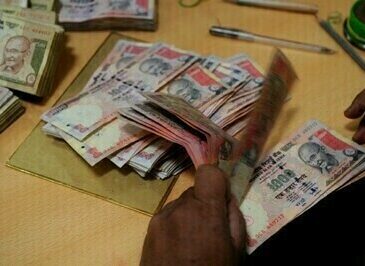
(Bloomberg) — Asian currencies fell to a two-decade low, as the dollar remains buoyed by robust US growth and President-elect Donald Trump’s tariff-hike vows.
The Bloomberg Asia Dollar Index slipped to as low as 89.0409 on Monday, hitting its lowest in data going back to 2006. Asian currencies have been swept aside by the dollar’s broad gains due to Federal Reserve officials’ cautious tone on its interest rate path and investors’ bets that Trump’s tariffs could lead to inflationary pressures.
There will continue to be “dollar-Asia upside across the board, but some more than others,” said Alvin T. Tan, head of FX strategy at the Royal Bank of Canada in Singapore. US trade protectionism, if it materializes, will be a “huge game-changer.”
Asian central banks will likely respond to such protectionism by allowing their exchange rates to depreciate in a controlled manner, Tan said.
The won fell to an over 15-year low in December, while the rupee similarly declined to a fresh record low. Other Asian currencies such as the rupiah, ringgit and baht are still some distance away from their all-time lows, seen during the 1998 Asian Financial Crisis, but have also recently fallen against the dollar.
To defend their currencies, Bangko Sentral ng Pilipinas last month stepped up support in the currency market, while Bank Indonesia vowed to guard the rupiah “boldly.” The People’s Bank of China continues to provide an anchor for the yuan, holding the reference rate — which allows the currency to trade within 2% on either side — stronger than 7.20 on Monday.
READ: Billions of Dollars, Bold Action: EMs Battle a Surging Greenback
Investors will be watching US December nonfarm payrolls on Friday for further signs of US growth, as bets for the Fed’s interest-rate cuts this year are pared back. Swaps are pricing in a full quarter-point cut only at the Fed’s June meeting.
©2025 Bloomberg L.P.

